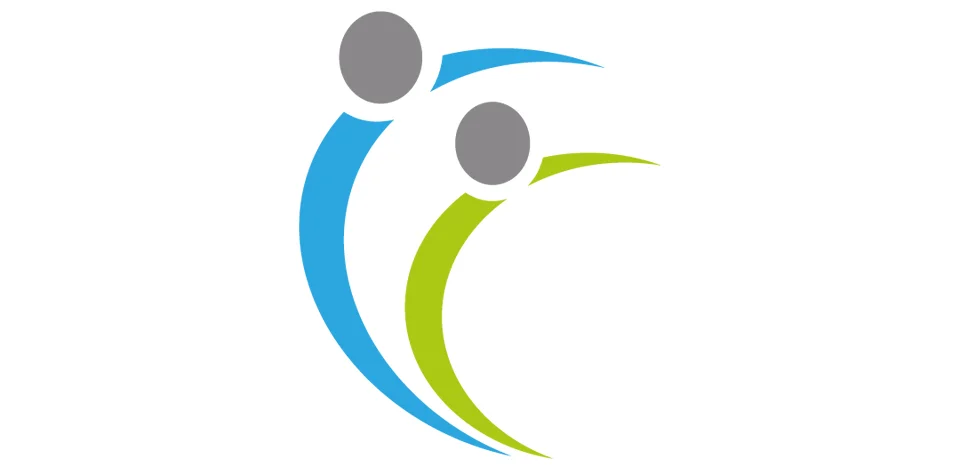Neck pain, also medically known as Cervicalgia, is a severe and sharp pain that occurs in the neck. This pain may occur in any part of the neck, from the top of the shoulders to underneath the neck. Neck pain can lead to the gradual limitation of movement of the head and neck.
The pain ranges from minor to severe. Cervicalgia may be caused by trauma to the neck structures, injuries, or certain infections. As of 2019, research showed that 27% of the population suffered from neck pain, and this number has remained fairly constant to date.
Causes Of Neck Pain
Bad Posture
Sitting and standing in a bad manner can lead to pains in the neck. This is because the muscles that support the neck are prone to get strained—slouching while standing or sitting can add pressure to the head, neck muscles, and even the spine.
Poor posture does not only result in neck pain, and it causes pains in other body parts such as the back, shoulders, buttocks, chest, etc.
Accidents
Trauma from any kind of accident can cause neck pain. Such accidents could be from sports, blow or force to the head, or car accidents. Neck strain or pain felt from such pain is called whiplash. Whiplash occurs when the head moves backward or forwards unexpectedly as a result of a blow or impact. The whiplash strains the ligaments, muscles, and tendons in the neck. Neck pain occurs mostly in athletes during sports activities.
Age Factor
As people age, a greater percentage of them develop neck pains. People between the ages of 40 to 60 years start to experience pain in their necks. The body joints begin to wear out with time, and this is the same for the back joints. As the joints wear out, the cartilage begins to weaken. This results in the development of spurs in the bone, which later affects the movement of joints and causes pain.
Constant wear and tear coupled with bad posture can lead to people having back and neck pain as early as 30 years.
Health Conditions
Health-related issues result in neck pain. A condition is known as Cervical spondylitis or arthritis of the neck, is a well-known cause of neck pain and other health conditions such as tumors, fractures, pinched nerves, or herniated discs.
Infections
Many infections lead to pain in the neck of whoever is affected. An example is viral infections in the throat that might lead to lymph nodes that may cause neck pain and swelling. The disintegration of the spine, known as osteoarthritis, comes along with pain in the neck. Tuberculosis is also an infection that can cause neck pain.
Signs And Symptoms of Neck Pain
Many signs show the possibility of having Cervicalgia. However, for a correct diagnosis, it is advisable to see a medical expert.
These signs are;
- Sharp pains in the neck
- Restricted movement of the neck and head
- Headaches
- Pain in the shoulders and/or the back
- Swelling of the lymph nodes
- Tingling sensations in the arm and neck
- Numbness
Diagnosis of Neck Pain
Going to the hospital when neck pain symptoms persist allows the proper diagnosis of the condition. The following steps might be taken by the medical expert:
Physical Examination
The doctor will take note of the pain, where it is located, how tender it is, and your range of motion. After this, a test or x-ray will be taken for more classification.
X-ray
The x-ray is used to image the neck structure, such as the spine, nerves, etc., to show the cause of the neck pain or stiffness, as well as parts of the neck that might have been affected.
MRI
This imaging test makes use of radio waves to show the images of your bones, tissues, tendons, nerves, and spinal cord.
Blood Tests
To further show the cause of the neck pain and health conditions that might contribute to it, various blood tests will be required.
Electromyography
Electromyography involves the insertion of needle electrodes into your muscle. This procedure is used to verify if certain muscles and nerve cells in the body are still functioning. An electromyography test is recommended if the neck pain is suspected to occur from a pinched nerve.
Treatment of Neck Pain
Neck pain can be prevented and treated through these processes:
Cold compress
This method is best separated into two, that is, the use of ice and the use of heat. Firstly, ice is applied to the affected area to reduce the pain. Then, heat is followed for healing and muscle relaxation.
Ice packs or ice-in towels can be used. Apply on the neck for about 10-15 minutes. After, a heating pad or warm shower follows for 10-15 minutes. Repeat this at 3 to 4-hour intervals.
Medications
You can take pain relief drugs such as ibuprofen to reduce the pain felt. These medications can be taken alongside other remedies for ease.
Neck Stretching Exercise
Neck stretches help to relieve pain and stiffness.
This simple neck rotation exercise can be done;
- Make sure you are seated or standing straight.
- Move your head gently to the left side until a stretch is felt.
- Remain in position for 20 seconds, then return to the normal position.
- Repeat this for the other side of your neck 10-15 times.
Apart from the side rotation exercise above, other simple neck stretches like shoulder rolls, forward and backward tilt, etc., can be carried out.
Do not overstretch or strain your neck while doing the neck stretches.
Acupuncture
Acupuncture is an effective method of treating neck and back pains. An acupuncture session involves the insertion of thin needles throughout certain points in the body in a bid to relieve stress. This procedure has proved helpful over time.
This must, however, be carried out by an acupuncture practitioner. Before this, do well to contact your doctor.
Chiropractic Adjustments
This is the manipulation of the spine through the use of hands or an instrument to improve spine movement. The procedure is carried out by chiropractors who are experts in applying controlled force to the spines. Chiropractic adjustments work well for neck pains.
Surgery
Serious and complicated neck pains might call for surgery options as a form of treatment. This procedure is administered by your medical practitioner in severe cases. In most cases, damaged discs in the cervical spine are being removed from the front part of the neck. The damaged disc is then replaced by a bone graft.
Other ways of treating neck pain are the constant but careful movement of the neck, good sitting and standing posture, or massages.
Conclusion
Cervicalgia is a condition that leads to pain in the neck region. It could be caused by poor posture, sudden injury, genes, or health conditions. This condition is followed by symptoms like headaches, weakness, restricted range of motion, and sharp pains in the neck, arm, or shoulder. Neck pain is prevented by maintaining good posture or avoiding accidents. In cases where neck pain cannot be avoided, treatment follows. Cervicalgia is treatable through massages, acupuncture, pain relief, cold compress, or surgery.

